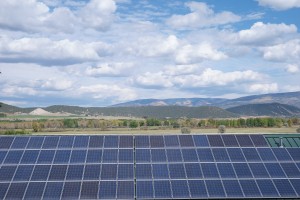Angola’s Ministry of Finance has received €1.29 billion ($1.44 billion) from Standard Chartered Bank to fund the development of 48 projects of PV + energy storage systems in the country’s provinces of Moxico, Lunda Norte, Lunda Sul, Bi and Malange that will provide sustainable electricity to 1 million people in the country.
The total installed capacity of the Solar System Integration to build these microgrid systems is 296MW, and the energy storage capacity of the lithium-ion battery energy storage system is 719MWh. These PV + energy storage systems will be deployed over a period of 36 months. MCA will manage and build these PV + energy storage systems, while the 1.29 billion euro financing is provided by the German export credit agency Euler Hermes.
A spokesman for MCA said: “Based on the consumption levels of the 48 PV + energy storage systems, we estimate the cost of kilowatt-hour (LCOE) to be between €0.153/kWh and €0.275/kWh. This takes into account not only the installed capacity of the Integrated Pv Systems, but also the energy storage capacity of the battery energy storage system deployed in support. Electricity tariff regulations in Angola are mandatory in terms of the cost of electricity used by consumers. A fee will be charged according to the type of consumer, and the Angolan government also subsidizes the electricity price.”
In early June, the Export-Import Bank of the United States granted a loan to Angola’s Ministry of Energy and Water for the construction of two large-scale photovoltaic power plants totaling 500MW.
There are some different components involved in a photovoltaic system.Solar panels consist of photovoltaic cells that convert sunlight into electricity. These cells are usually made of silicon and arranged in a grid-like pattern on the panel. The panels are then mounted on a solid structure, such as a roof or Ground Solar Mounting Bracket, to ensure optimal sunlight exposure. In addition, a solar inverter is required to convert the direct current (DC) power generated by the panels into usable alternating current (AC) power.
Post time: Jul-17-2023
